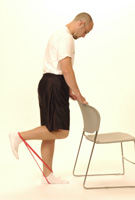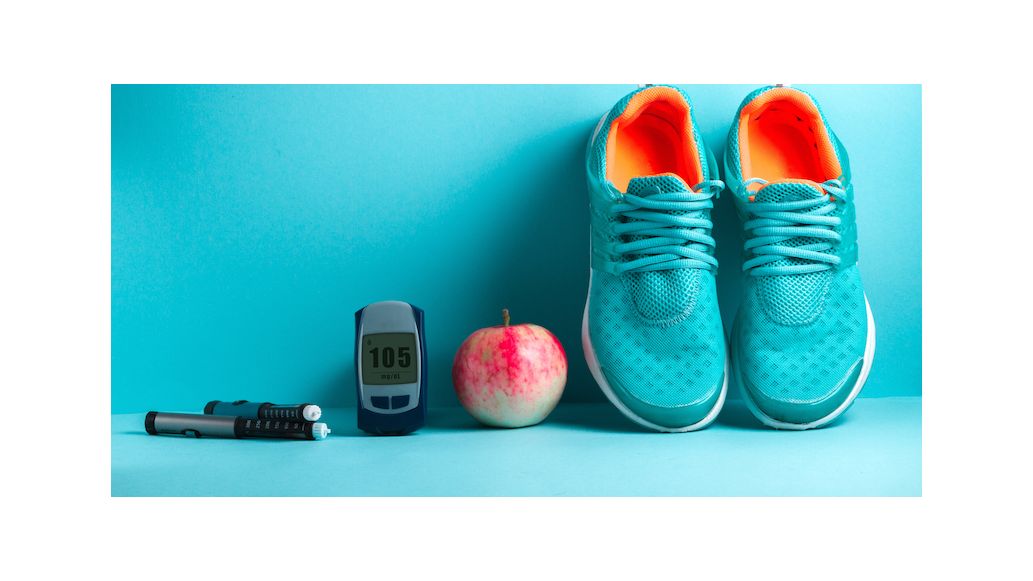What is diabetes mellitus (DM)?
It is a lifelong condition that affects over 30 million people in the U.S. and impacts your body’s ability to use glucose. Your body typically breaks down the carbs and sugars you eat into glucose, a special sugar. Then, insulin, produced in your pancreas, turns the glucose into energy that your body can use. If you have DM, your body can’t produce enough insulin or use what it does produce, causing the glucose to build up in your blood. This creates a variety of complications.
Type I (insulin-dependent)
- 5-10% of all cases of DM
- Caused by a genetic predisposition
- The pancreas can’t make insulin or can’t make enough insulin for your body
Type II (insulin-resistant)
- Obese people are at a high-risk of developing this type
- The pancreas creates insulin, but the body’s cells are resistant to it
Type One Diabetes Mellitus
Symptoms
- Increased thirst
- Frequent urination
- Extreme levels of hunger
- Unintended weight loss
- Mood changes
- Increased irritability
- Fatigue
- Weakness
- Blurred vision
Possible Complications
- Cardiovascular (heart) problems (coronary artery disease, angina, heart attack, stroke, atherosclerosis, high blood pressure)
- Kidney disease (kidney failure, end-stage kidney disease (requires dialysis or kidney transplant)
- Nerve damage (tingling, numbness, burning pain, usually begins at the tips of toes/fingers and progressively spreads upward toward the trunk)
- Eye damage (blindness, cataracts, glaucoma)
- Foot damage (cuts, blisters, infections, may lead to toe/foot/leg amputation)
- Skin/mouth conditions (bacterial/fungal infections, gum disease)
Main Components of Treatment
- Medication
- Nutrition
- Exercise
- Compression
- Social Support
Medication
Because the pancreas doesn’t make enough insulin, it must be given in multiple daily injections. This could be in the form of insulin pens, syringes, or an insulin pump. You also need to carefully monitor your blood sugar levels using a blood glucose monitor.
Nutrition
Careful meal planning, including counting carbohydrates, can help keep your blood glucose levels stable. Talk to your doctor to determine the proper, individualized nutrition plan for you. You can also discuss the best foods to eat if you have diabetes and the foods you should limit or avoid.
Exercise
Exercise has several benefits for people with diabetes, including improving your fitness levels. It also reduces your risk of cardiovascular disease. You can decrease depression and reduce your insulin requirements by working out.
Blood glucose response to exercise depend on:
- Your blood glucose level prior to exercising
- The intensity of the workout
- The length of time you’re active
- Changes made in insulin dosage
Talk to your healthcare provider to discover how to balance food, exercise, and insulin.
Key Points
- Learn your body’s typical response to exercise to prevent your glucose from being too high or too low
- Monitor your blood glucose levels carefully prior to, throughout, and after activity
- Keep soda, juice, or glucose tabs nearby to treat hypoglycemia
- You should have good blood glucose control
- Talk to your doctor before starting a new exercise plan to determine what your glucose levels should be before starting physical activity
Protect Your Feet
Cushioned socks prevent rubbing, pressure, and pinching from athletic shoes while exercising. Gel socks created for people with diabetes can keep your feet safe while you exercise. You could also use economical insoles or premium insoles, both options fit into your existing sneakers.
Four Easy Exercises
Exercise can be hard to fit into your busy schedule. Use a TheraBand resistance band to workout at home regardless of how much or how little time you have. Use a band to build flexibility and muscle strength in your arms, legs, core, and more.
 |
Knee Flexion Exercise
|
|
Knee Squat
|
 |
 |
Elbow Extension Kick Back
|
|
Abdominal Crunches
|
 |
Compression
One possible complication of diabetes is poor circulation. This means the veins in your feet and legs have trouble pumping the blood back up to your heart (venous insufficiency). Compression helps increase your blood flow, bringing it back towards the heart and reduces swelling in your legs, ankles, and feet. There are multiple compression levels (mmHg) so you should talk to your doctor before using compression stockings. The stockings need to create enough pressure to help your circulation, which means sometime they can be challenging to put on. Slide your compression sock or stocking on a compression stocking aid, insert your foot, and pull upwards. It’s that easy.
Social Support
Connect with other people who have diabetes. They’ll understand the demanding routine of managing diabetes (counting carbohydrates, testing blood glucose multiple times a day, dealing with emotional/physical highs and lows). You can also get support from friends and family. Educate them and tell them how they can help you.
References
Daneman, D. (2006). Type 1 diabetes. The Lancet, 367, 847–858. Retrieved from http://bit.ly/2kWzfvE
National Institute of Diabetes and Digestive and Kidney Diseases. (2017). Diabetes Statistics. Retrieved from http://bit.ly/2zmbxUI
Medical Disclaimer: The information provided on this site, including text, graphics, images and other material, are for informational purposes only and are not intended to substitute for professional medical advice, diagnosis or treatment. Always seek the advice of your physician or other healthcare professional with any questions or concerns you may have regarding your condition.








 France
France Australia
Australia



